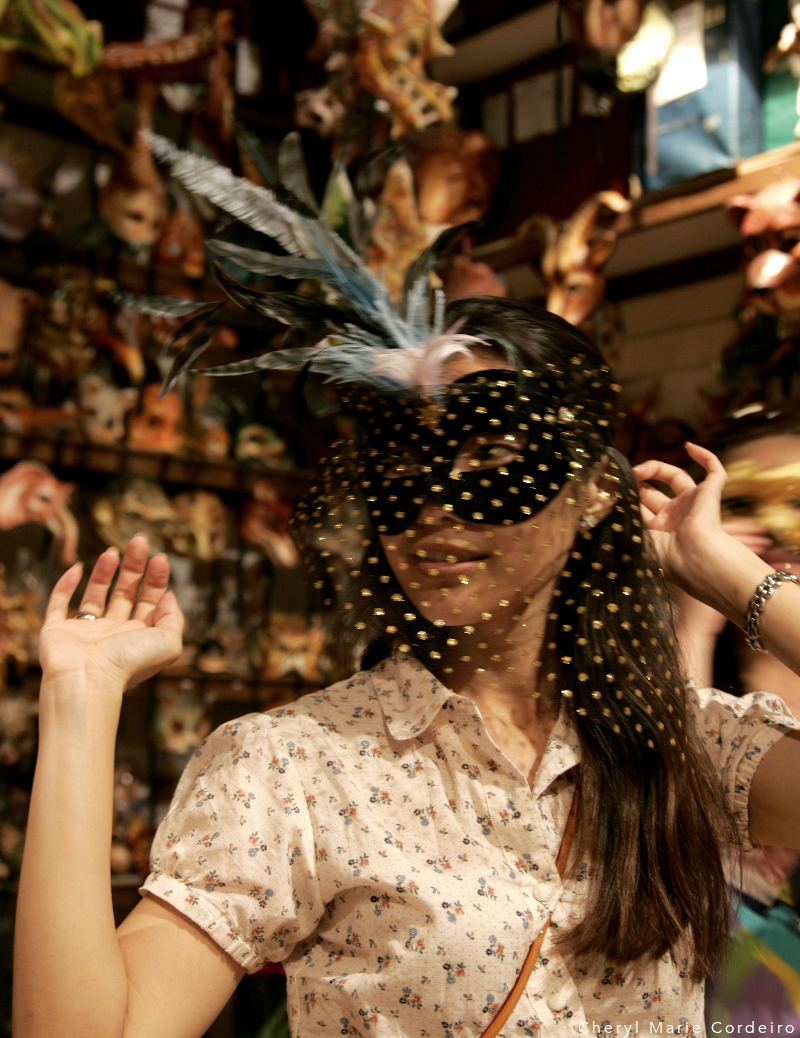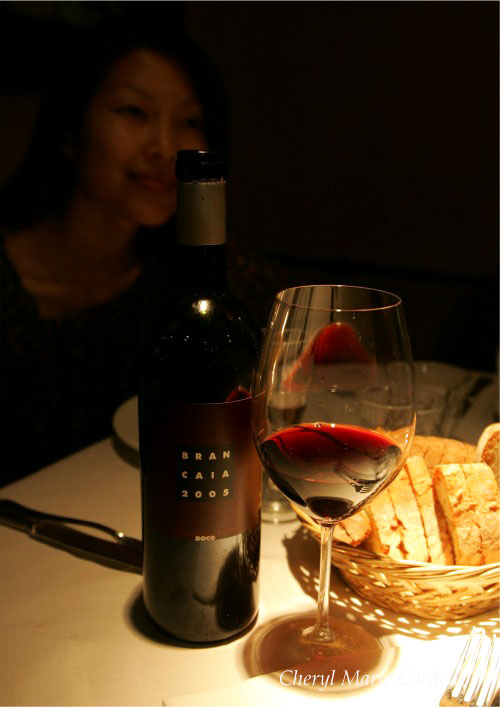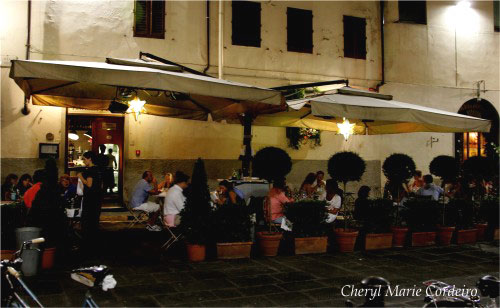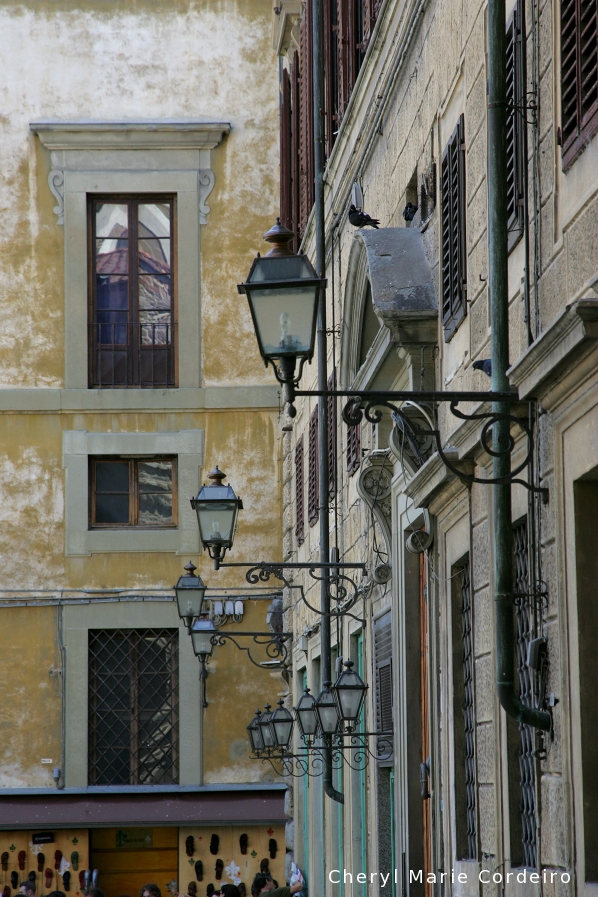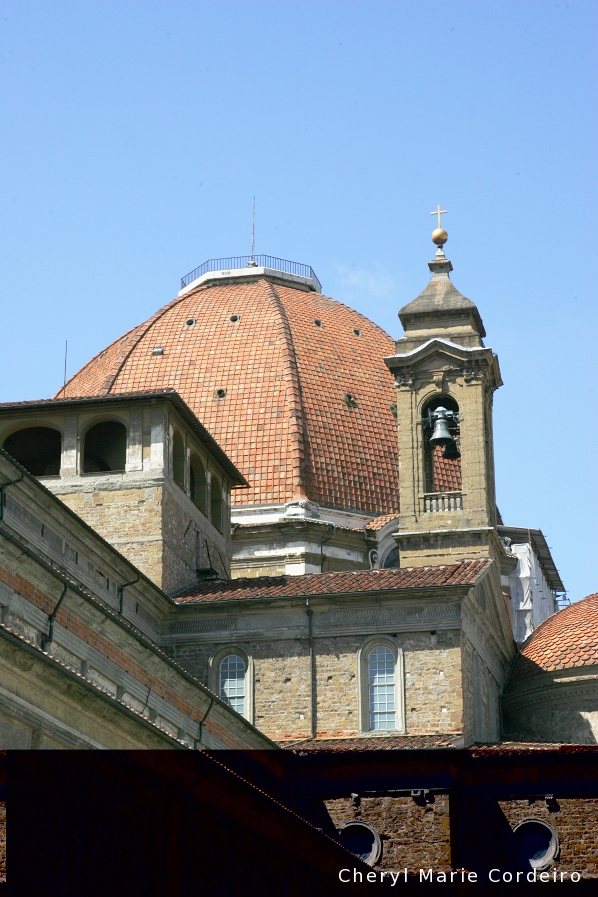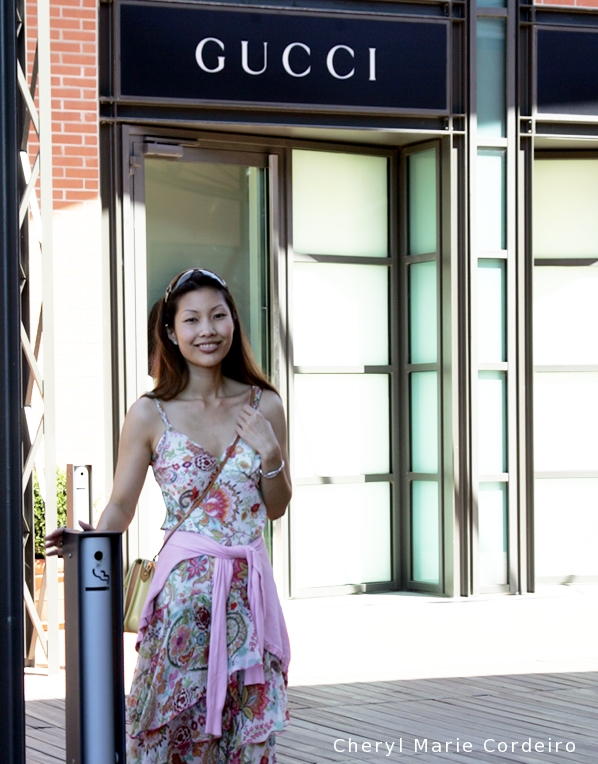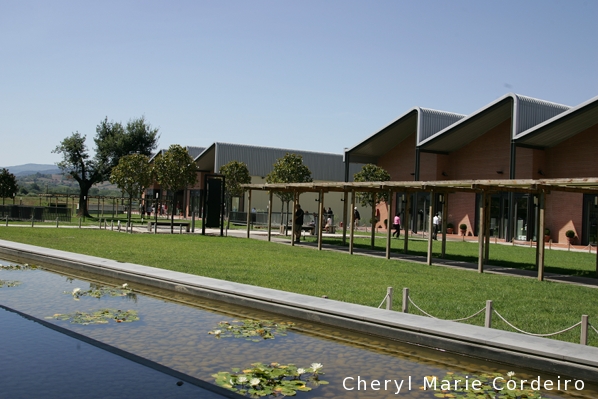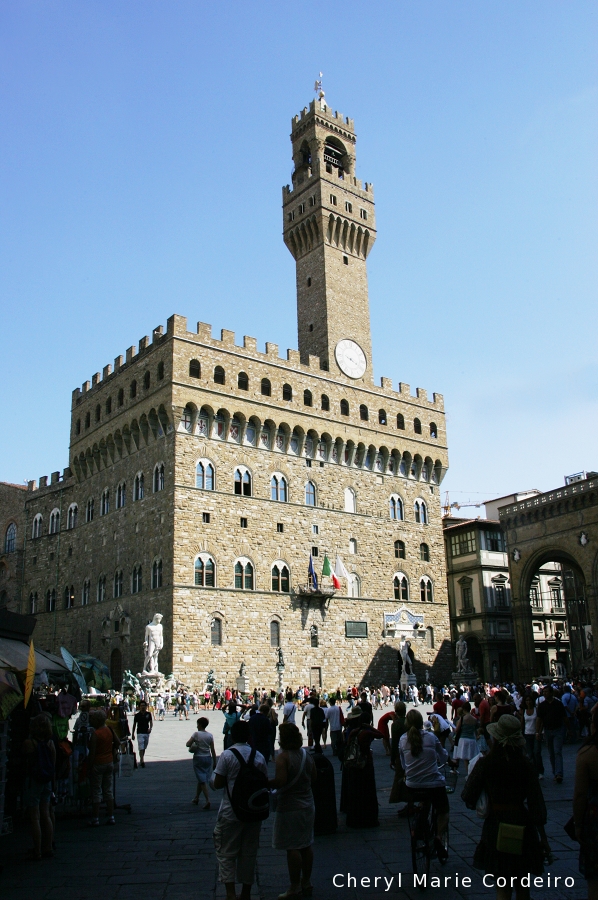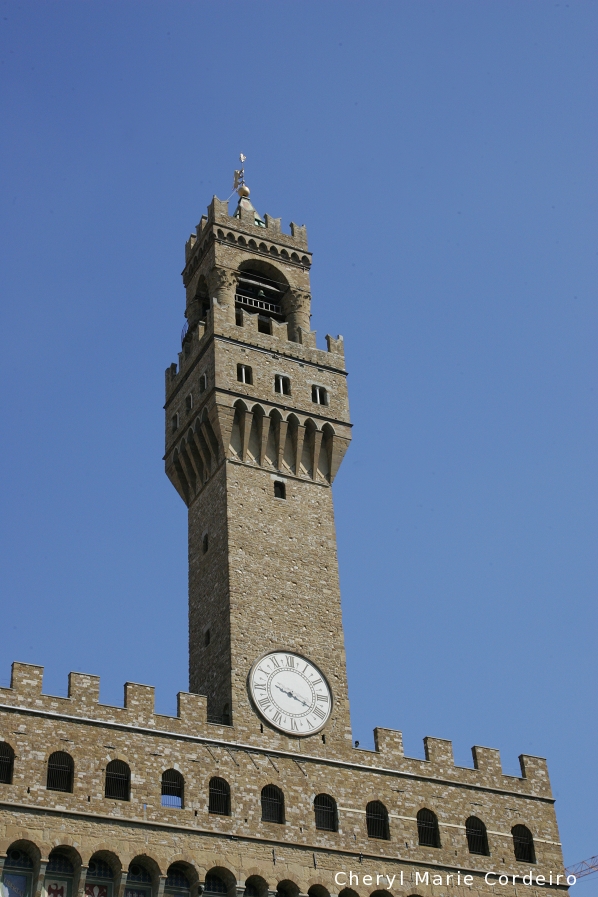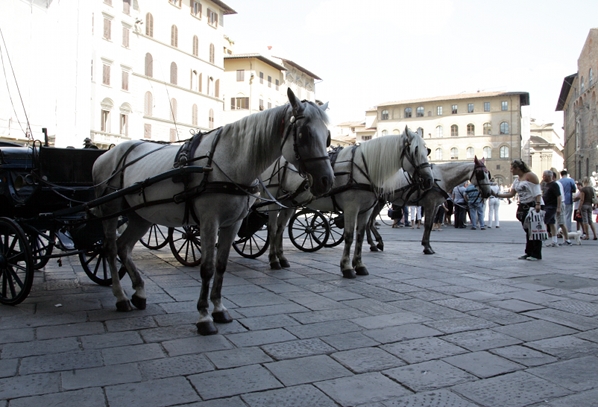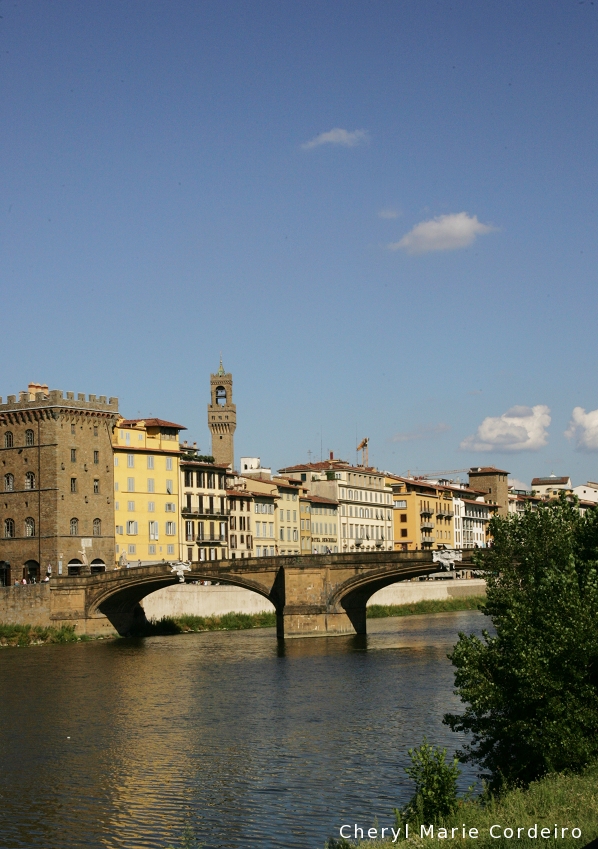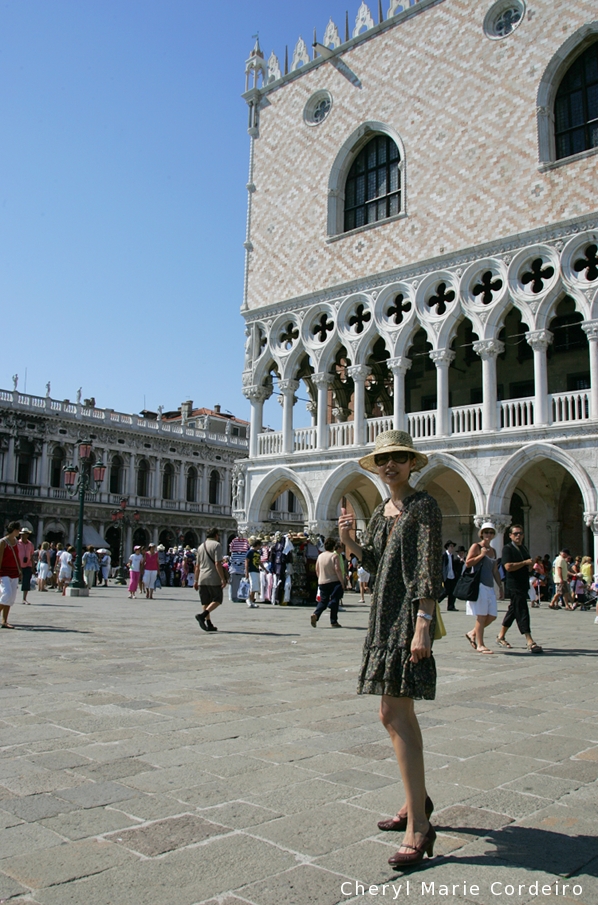My favourite mask of the evening, a more elaborate Colombina mask with blue feathers and veil.
Text & Photo © JE Nilsson, CM Cordeiro-Nilsson 2008
Mention Venice and what comes to mind are masquerade balls and since 1979, the annual Il Carnevale di Venezia.
The Venetian carnival however, had its origins from the 11th century as a celebration of the passing of Lent, reflecting the etymology of the word carnival, from the Latin carne + vale meaning farewell to meat. Michael Tieuli lends a brief overview of the history of the Venetian Carnival, where he mentioned that the carnival was thought to be an annual celebration of Doge (Chief Magistrate) Vitale Michieli II’s victory over Ulrich II of Treven (the Patriarch of Aquileia) in 1162. Ulric was taken prisoner and his release was conditional, in that he had to pay an annual tribute to Venice in the form of twelve loaves of bread, twelve pigs and a bull. It was during this time that a tradition began of butchering a bull (representing Ulric) and twelve pigs in the Piazza di San Marco to commemorate the victory.
Continue reading “Il Canovaccio: The art of Venetian masquerade”
